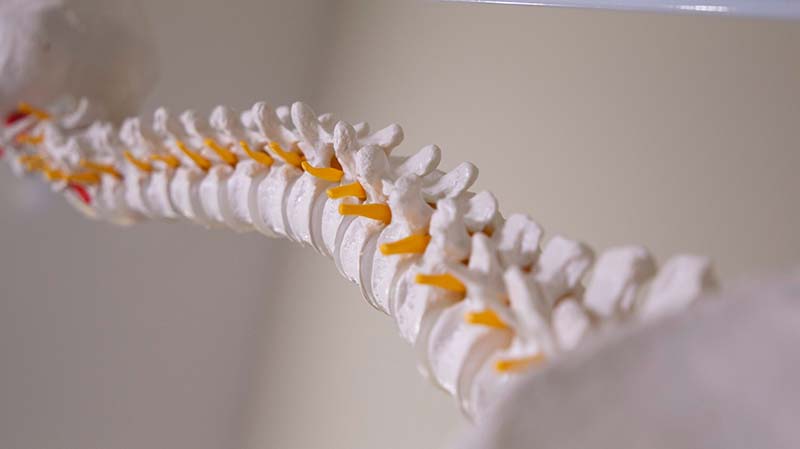Epidural Interventions in the Management of Chronic Spinal Pain: American Society of Interventional Pain Physicians (ASIPP) Comprehensive Evidence-Based Guidelines

Background: Chronic spinal pain is the most prevalent chronic disease with employment of multiple modes of interventional techniques including epidural interventions. Multiple randomized controlled trials (RCTs), observational studies, systematic reviews, and guidelines have been published. The recent review of the utilization patterns and expenditures show that there has been a decline in utilization of epidural injections with decrease in inflation adjusted costs from 2009 to 2018. The American Society of Interventional Pain Physicians (ASIPP) published guidelines for interventional techniques in 2013, and guidelines for facet joint interventions in 2020. Consequently, these guidelines have been prepared to update previously existing guidelines.
Objective: To provide evidence-based guidance in performing therapeutic epidural procedures, including caudal, interlaminar in lumbar, cervical, and thoracic spinal regions, transforaminal in lumbar spine, and percutaneous adhesiolysis in the lumbar spine.
Methods: The methodology utilized included the development of objective and key questions with utilization of trustworthy standards. The literature pertaining to all aspects of epidural interventions was viewed with best evidence synthesis of available literature and recommendations were provided.
Results: In preparation of the guidelines, extensive literature review was performed. In addition to review of multiple manuscripts in reference to utilization, expenditures, anatomical and pathophysiological considerations, pharmacological and harmful effects of drugs and procedures, for evidence synthesis we have included 47 systematic reviews and 43 RCTs covering all epidural interventions to meet the objectives.The evidence recommendations are as follows: Disc herniation: Based on relevant, high-quality fluoroscopically guided epidural injections, with or without steroids, and results of previous systematic reviews, the evidence is Level I for caudal epidural injections, lumbar interlaminar epidural injections, lumbar transforaminal epidural injections, and cervical interlaminar epidural injections with strong recommendation for long-term effectiveness.The evidence for percutaneous adhesiolysis in managing disc herniation based on one high-quality, placebo-controlled RCT is Level II with moderate to strong recommendation for long-term improvement in patients nonresponsive to conservative management and fluoroscopically guided epidural injections. For thoracic disc herniation, based on one relevant, high-quality RCT of thoracic epidural with fluoroscopic guidance, with or without steroids, the evidence is Level II with moderate to strong recommendation for long-term effectiveness.Spinal stenosis: The evidence based on one high-quality RCT in each category the evidence is Level III to II for fluoroscopically guided caudal epidural injections with moderate to strong recommendation and Level II for fluoroscopically guided lumbar and cervical interlaminar epidural injections with moderate to strong recommendation for long-term effectiveness.The evidence for lumbar transforaminal epidural injections is Level IV to III with moderate recommendation with fluoroscopically guided lumbar transforaminal epidural injections for long-term improvement. The evidence for percutaneous adhesiolysis in lumbar stenosis based on relevant, moderate to high quality RCTs, observational studies, and systematic reviews is Level II with moderate to strong recommendation for long-term improvement after failure of conservative management and fluoroscopically guided epidural injections. Axial discogenic pain: The evidence for axial discogenic pain without facet joint pain or sacroiliac joint pain in the lumbar and cervical spine with fluoroscopically guided caudal, lumbar and cervical interlaminar epidural injections, based on one relevant high quality RCT in each category is Level II with moderate to strong recommendation for long-term improvement, with or without steroids. Post-surgery syndrome: The evidence for lumbar and cervical post-surgery syndrome based on one relevant, high-quality RCT with fluoroscopic guidance for caudal and cervical interlaminar epidural injections, with or without steroids, is Level II with moderate to strong recommendation for long-term improvement. For percutaneous adhesiolysis, based on multiple moderate to high-quality RCTs and systematic reviews, the evidence is Level I with strong recommendation for long-term improvement after failure of conservative management and fluoroscopically guided epidural injections.
Limitations: The limitations of these guidelines include a continued paucity of high-quality studies for some techniques and various conditions including spinal stenosis, post-surgery syndrome, and discogenic pain.
Conclusions: These epidural intervention guidelines including percutaneous adhesiolysis were prepared with a comprehensive review of the literature with methodologic quality assessment and determination of level of evidence with strength of recommendations.
Keywords: caudal epidural; cervical interlaminar epidural; epidural procedures; interventional techniques; lumbar interlaminar epidural; lumbar transforaminal epidural; percutaneous adhesiolysis; thoracic interlaminar epidural; Chronic spinal pain.
